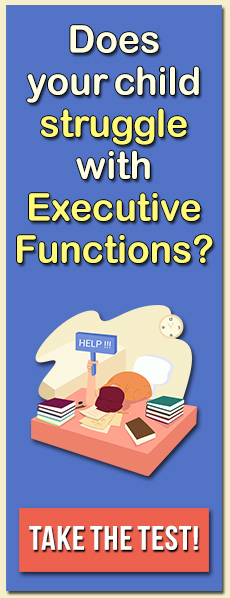Handwriting can be an important academic tool for kids, but is it really worth the struggle?
“Does handwriting matter?” A recent New York Times article by Maria Konnikova poses this question, and describes how handwriting may prove to be an important academic skill for some students. Yet I would argue that children who hate handwriting should instead spend time learning typing and dictation skills. Even young elementary students are apt to benefit from training in basic keyboard skills rather than laboring to learn to write cursive legibly.
With the proliferation of technology in the 21st century, there are myriad writing tools for kids. Handwriting is no longer used for much besides filling out paper forms and scrawling signatures. As classrooms become increasingly inhabited by Chromebooks, iPads, and other tablet devices, students have become cognizant of the fact that traditional writing implements do not translate to the cloud. These days many teachers prefer typewritten homework and projects, and the process of sharing and revising one’s work is certainly facilitated by digital technologies.
That being said, the recent research detailed in Konnikova’s New York Times article suggests that for some students, handwriting is a powerful tool for improving memory. A number of studies strongly argue that specific neural circuits are activated by the process of writing by hand, stimulating the brain and helping people to memorize what they have written. For many students, writing and copying notes they take in class may be one of the primary ways that they study, and although the evidence does not necessarily suggest that this is the optimal way of studying, it does work for a number of children. I recently heard the story of a young woman who, throughout her high school and college years, has made a series of handwritten flash cards — a technique that her parents have credited as making the difference between merely passing and getting good grades. For other students, writing not only activates neural circuitry, it helps them with visual cues, allowing them to remember what they’ve written and what that might be connected to.
However, for many ADHD children with difficulties with written language skills — or handwriting itself — the effort necessary for writing and copying may drain their cognitive resources. For these students, it may take away their capacity to sustain the focus and energy they need to memorize and may also be an impediment to written expression. For children who have difficulties with fine motor skills or who execute handwriting very slowly, the arduous process of getting their thoughts onto paper may interfere with their capacity to express themselves effectively. It may hinder the organization of written work and even their ability to remember what it is that they wanted to communicate. So, while there are some students who find handwriting improves their memory, for children who hate writing by hand, teaching them typing and dictation is a far more effective approach to learning.
If you’re looking for some fun and interactive ways to improve your child’s writing skills, check out our section on writing apps and writing games.





